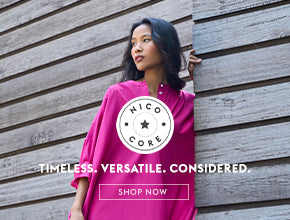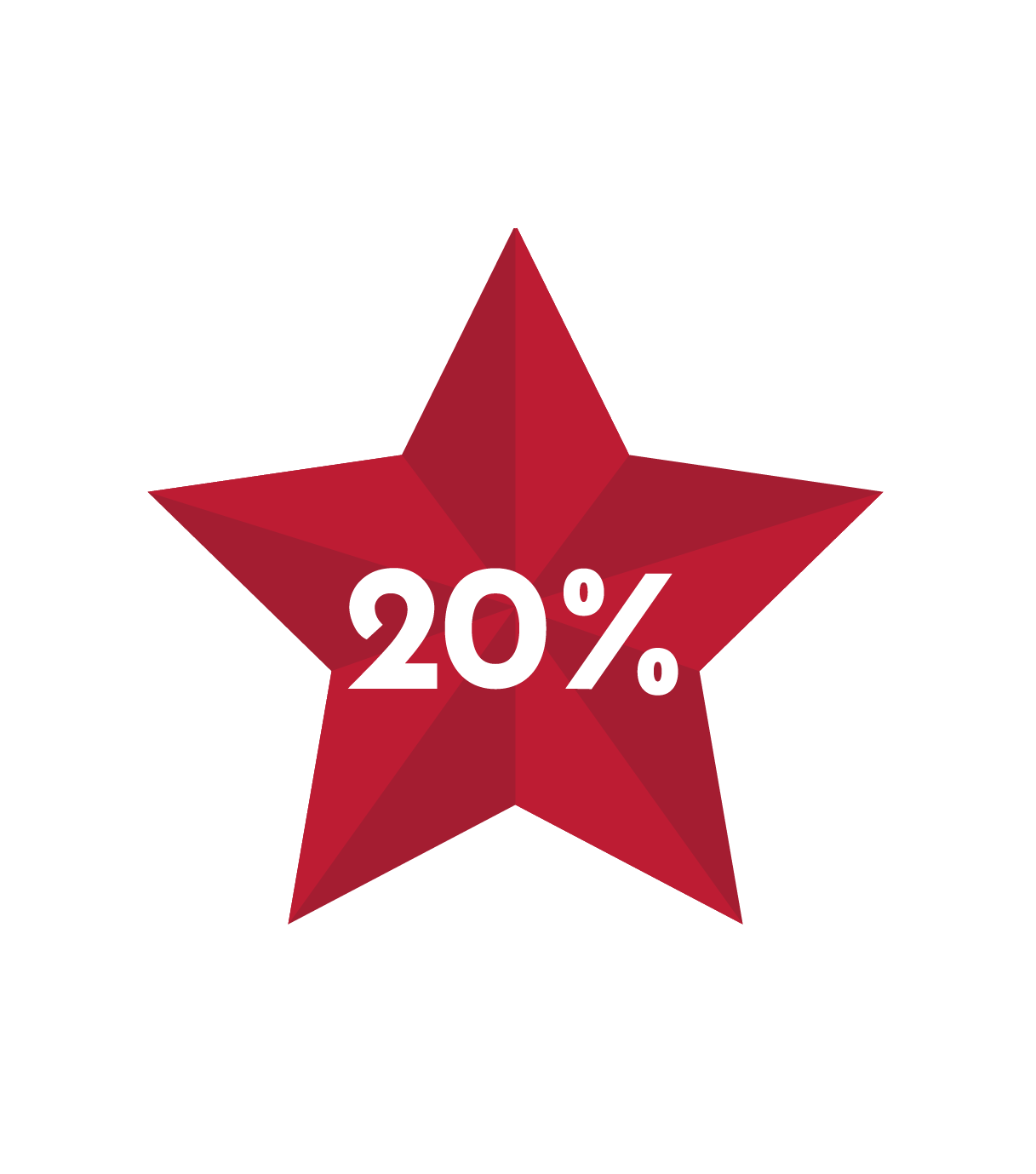ISLAND STATE

When you hear the word Nicobar, you picture island idyll, tropical sunsets and lazy days spent by the beach. That’s exactly what was on the moodboard as the founders of lifestyle brand Nicobar launched their website and first Mumbai store early this year. The founding team has plenty of experience with the creative as well as the more hard-nosed aspects of the business: Simran Lal, creative director, is also the CEO of the well loved lifestyle brand Good Earth, while her husband Raul Rai, CEO of Nicobar, was an investment banker before he chucked it all to dedicate himself to the new launch. The two of them then hired the skilled design team, which included Aparna Chandra, the design head of their clothing line. Aparna and Simran tell us the story of Nicobar.
Tell us a little about yourselves
Simran: I actually wanted to be an anthropologist at one time, although I eventually studied product development in college. Then I started working at Good Earth and realised that actually, in a way, we are also shaping culture through it and loved that. This year, we celebrate 20years of Good Earth, so we’re working on the next stage, international expansion and so on. But it’s exciting to launch something new.
Aparna: I studied at NIFT and I had my own label from 1997 to about 2005. After that I decided to focus on styling. I did some advertising and films like Luck by Chance, Fukrey and Zoya Akhtar’s short film for Bombay Talkies.
When did the idea of Nicobar take root?
Simran: It’s been just under two years since we started working on Nicobar but this was actuallys omething which my mom (Anita Lal, Founder, Good Earth) and I were thinking about almost 2years ago. We had wanted to do a simple, everyday collection within Good Earth but we never found the time. One day, I was speaking to my husband Raul Rai about it and he thought it was a great idea. That was when we decided to take plunge. I always said if I was going to start my own label, it would have to be with Aparna.
Aparna: Simran and I have known each other for a long time; we’re friend and I also used to design clothes for her. One day she called and said she was thinking of starting something new, an alternative line that would be little less expensive compared to Good Earth; not luxury but more everyday clothing. I said as long as I have creative freedom, I was happy to do it.
How would you describe the Nicobar aesthetic?
Aparna: Comfortable, calming, beautiful clothing; clothes that complement, rather than overwhelm your personality.
Simran: That’s the Nicobar state of mind: simple, relaxed and easy. Our fabrics are Indian (cotton, khadi and Chanderi) – and we work very hard to deliver on quality but also keep our prices competitive. I’m not interested in fast fashion that soon becomes obsolete.
At Nicobar, you do home and clothing, but the big focus seems to be on fashion-is that accurate?
Aparna: We started the label because there was this dearth of simple, clean clothing for women.
Simran: About 65 per cent of our products are clothes, 25 per cent is home and 10 per cent is travel. I’m really excited about our travel line: we have everything from clothes to toiletry bags, some lovely packs to carry your wet swimsuit in, and bags to carry your clothes.
What is the most important thing to remember when starting a new brand?
Simran: The hiring took us the longest. Raul interviewed some 250 people before he completed hiring for us. We were looking for people who are, first and foremost, passionate about both design and digital space, because we are a digital brand.
Aparna: My biggest learning has really been to go with my gut and to plan well. We’re releasing a new collection every month and that’s only possible because we design everything six months at a time and almost a year in advance.
What are your favourite pieces from the first few clothing collections?
Simran: Rather than an individual style, we are passionate about the mood evocative of particular range. If I were to give an example of this new way of looking at design, I would probably pick the Chanderi shirtdress. The fact that we have been able to take a traditional fabric and create a very clean style, while still keeping its subtle charm and sheen-that’s what perfectly reflects our design aesthetic.
Aparna: From the beginning, we’ve been quite surprised by how well our dresses have done. There’s one big polka-dot maxi dress that I thought might be too bold but we actually ran out of it in the first few weeks. Another favourite dress of mine is a very clean, white linen dress. It’s called the Saviour, because when we first started our sampling, we were finding it so difficult to get the clothes exactly right. Then this one dress came along and it was perfect. So we named it the Saviour dress because it made us feel sure that we could do this.
By Butool Jamal

































 +91 8588 00 0151
+91 8588 00 0151 CHAT
CHAT